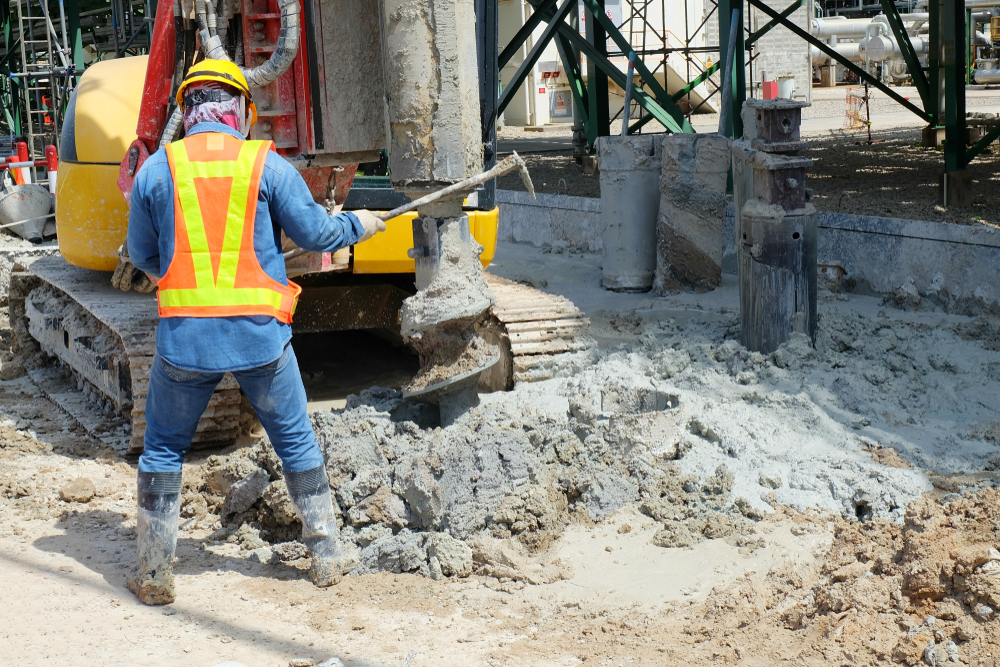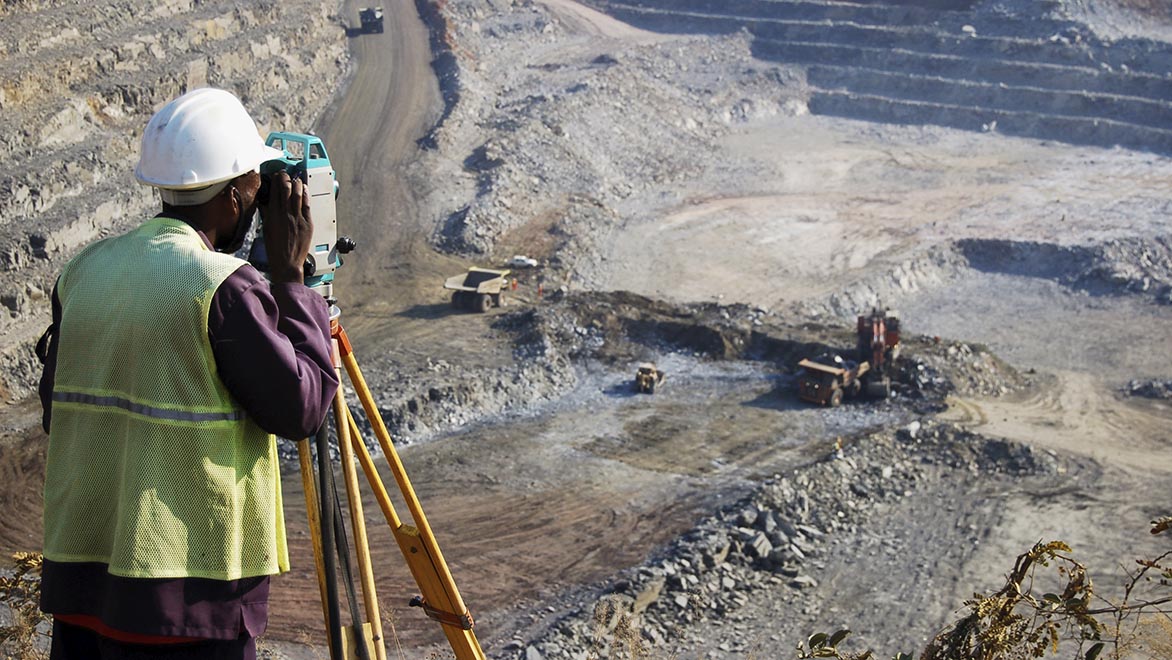Specialist Consulting Engineer Providers for Innovative Facilities Solutions
Specialist Consulting Engineer Providers for Innovative Facilities Solutions
Blog Article
The Interdisciplinary Approaches in the Geotechnical Market: Linking the Void Between Design, Geology, and Environmental Scientific Research for Ideal Task Outcomes
The integration of engineering, geology, and environmental science within the geotechnical sector is not simply advantageous; it is imperative for achieving ideal project results. This interdisciplinary cooperation fosters a thorough understanding of complex site problems, permitting innovative solutions to arise. By checking out crucial functions and successful study, we can discover the vibrant interaction that drives task success. However, obstacles remain in efficiently taking care of these multidisciplinary efforts, questioning about prospective innovations and future fads. What methods might arise to facilitate this crucial partnership and boost the efficacy of geotechnical practices?
Relevance of Interdisciplinary Collaboration
The importance of interdisciplinary partnership in the geotechnical market can not be overemphasized. Effective geotechnical jobs need the integration of varied knowledge from numerous fields, including engineering, geology, and ecological scientific research. This partnership guarantees that all facets of a task are considered, resulting in detailed options that resolve complicated challenges.
When functioning in isolation,Interdisciplinary cooperation fosters innovation by allowing professionals to share understandings and approaches that might not be obvious. By leveraging the strengths of multiple self-controls, teams can recognize potential risks, optimize design procedures, and improve the sustainability of geotechnical jobs. Moreover, such collaboration advertises a holistic understanding of site-specific conditions, which is crucial for exact evaluation and decision-making.
The complexity of geotechnical jobs demands a worked with technique to analytic. Ultimately, interdisciplinary cooperation is crucial for advancing best methods and attaining excellence in the geotechnical industry.
Key Functions of Each Self-control
Cooperation among numerous techniques is not simply advantageous; it is vital for the successful implementation of geotechnical projects. Each technique-- design, geology, and environmental science-- plays a distinctive yet interconnected function that adds to predict efficiency and sustainability.
Geotechnical designers are primarily in charge of designing structures and making certain structural honesty. They evaluate soil and rock homes to evaluate load-bearing abilities, providing necessary information for safe building methods. Their expertise allows the formula of ingenious solutions to complicated challenges.

Environmental researchers examine the possible impacts of construction on ecosystems and water resources. They carry out environmental evaluations and establish reduction strategies to reduce negative impacts. By incorporating ecological considerations, they make certain compliance with regulations and advertise sustainability throughout the job lifecycle.
Situation Studies of Successful Integration
Effective combination of geotechnical disciplines can be exhibited through numerous case studies that highlight the efficiency of synergy in attending to complex engineering difficulties. One remarkable instance is the construction of the Hong Kong-- Zhuhai-- Macau Bridge, where a collective technique involving geotechnical design, geology, and environmental scientific research was critical. Designers and rock hounds functioned in unison to evaluate the seabed problems and maximize the foundation style, guaranteeing security and decreasing ecological effect.
An additional impactful situation is the enhancement of slope stability in the San Francisco Bay Location, where an interdisciplinary group incorporated geotechnical analysis with environmental assessments. By integrating geological studies and hydrological research studies, the group properly determined potential landslide risks and executed reliable mitigation steps, boosting safety and sustainability.
Moreover, the redevelopment of Brownfield websites frequently needs a multidisciplinary method. In one situation in Chicago, collaboration among geotechnical engineers, environmental researchers, and city planners resulted in the successful removal of contaminated soil, allowing for the risk-free change of the website right into a neighborhood park. These study show that interdisciplinary partnership not just addresses technical difficulties however also cultivates ingenious remedies that profit both neighborhoods and jobs.
Difficulties in Multidisciplinary Projects

Additionally, coordinating routines and process amongst various groups can be bothersome, specifically his comment is here when each technique has distinct project landmarks and deliverables. This misalignment can cause delays and increased prices. The obstacle of source appropriation additionally impends huge; ensuring that customized knowledge is readily available at crucial try this web-site junctures needs mindful preparation and foresight.
Lastly, governing compliance postures one more significant obstacle. Each self-control might deal with various regulatory frameworks, and straightening these needs to meet task purposes can be complicated and time-consuming. Dealing with these difficulties necessitates solid management and reliable communication approaches to promote collaboration and make sure that multidisciplinary groups work cohesively in the direction of shared goals.
Future Trends in Geotechnical Practices
As the geotechnical market develops, emerging trends are reshaping techniques to deal with the difficulties faced in multidisciplinary tasks - engineer of record. One considerable pattern is the increased assimilation of sophisticated innovations, such as man-made knowledge and artificial intelligence, right into geotechnical analysis and style. These technologies enhance predictive modeling and danger evaluation, allowing designers to make even more educated choices throughout the task lifecycle

In addition, the fostering of electronic doubles and real-time monitoring systems is becoming extra common. These devices facilitate ongoing analysis of soil problems learn the facts here now and architectural efficiency, enabling prompt treatments when problems develop.
Conclusion
In conclusion, the assimilation of design, geology, and ecological science is crucial for attaining ideal end results in the geotechnical industry. Effective instance research studies illustrate the advantages of this technique, while acknowledging the obstacles encountered in multidisciplinary projects.
The integration of engineering, geology, and environmental scientific research within the geotechnical industry is not just advantageous; it is necessary for attaining optimum project results. Effective geotechnical projects need the assimilation of varied proficiency from different fields, including design, geology, and ecological scientific research.Navigating the complexities of multidisciplinary jobs in the geotechnical industry presents a number of substantial difficulties.As the geotechnical sector progresses, arising patterns are improving methods to deal with the challenges encountered in multidisciplinary projects. Geotechnical engineers are progressively collaborating with ecological scientists to make certain that projects line up with sustainability goals and comply with regulative needs.
Report this page